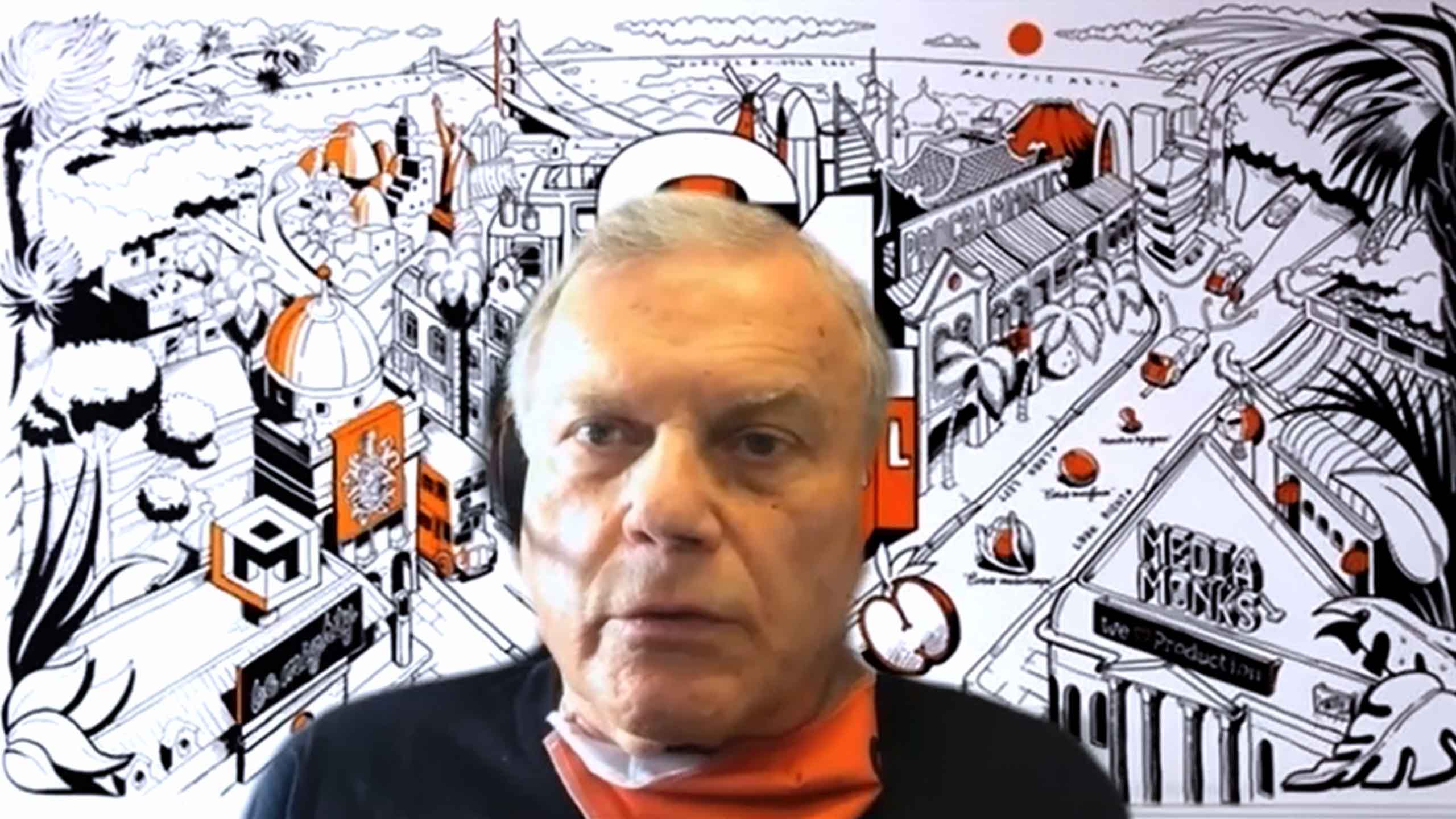
S4 Unitary Structure
Founder of WPP and Founder, Executive Chairman S4 Capital
inpractise.com/articles/S4-structure
Why is this interview interesting?
- How S4 Capital’s unitary structure works and why it doesn’t for incumbent agencies of record
Sir Martin Sorrell
Founder of WPP and Founder, Executive Chairman S4 Capital
Interview Transcript
Why does it make so much sense to integrate the assets at S4?
It makes sense because that’s what the client wants. The client doesn’t worry about where it comes from; we worry about brands and everything. When you collapse the brands, you lose so much, in terms of corporate memory, corporate knowledge and good people. I was talking to somebody who was in a very strong digital unit, inside one of the holding companies and I asked why he had left; he’d been at that company for 16 years. He was in a part of the company that was put in the ascendancy and he said, we drove the business and we were very ambitious then there were four companies that were put underneath us, who were good. But because they were so ambitious, everybody in that top company was promoted and put in charge.
It’s rather like when you talk to people at JWT. When Wunderman and JWT were merged, the joke was that you had to have been at Wunderman to get a senior position. What happened was that all the people in JWT were demoralized. This other guy that I was talking to had been in this organization where he was put on top; all the good people left and took clients, or the clients went, because the good people had left. It’s a very subtle balance and it’s very difficult. Going through it, it explains to you how difficult it is.
Why does the unitary structure works for S4, but is really difficult for the holding companies?
You’ve got to remember that it’s different because we started with a clean sheet of paper; we started with a very distinct philosophy. Those four principles are very distinct. Let’s look at the other side of it. What they say is, we’re not going to do any traditional. It says, when we talk to merger candidates, what we say to them is, look, if you want to sell your business, we’re not interested; do you want to buy in. Everything we have done has been half shares, half cash and, therefore, people are, effectively, cashing in part of their asset and they’re rolling their equity, into ours. They have to have faith in our mission and in our determination.
Copyright Notice
This document may not be reproduced, distributed, or transmitted in any form or by any means including resale of any part, unauthorised distribution to a third party or other electronic methods, without the prior written permission of IP 1 Ltd.
IP 1 Ltd, trading as In Practise (herein referred to as "IP") is a company registered in England and Wales and is not a registered investment advisor or broker-dealer, and is not licensed nor qualified to provide investment advice.
In Practise reserves all copyright, intellectual and other property rights in the Content. The information published in this transcript (“Content”) is for information purposes only and should not be used as the sole basis for making any investment decision. Information provided by IP is to be used as an educational tool and nothing in this Content shall be construed as an offer, recommendation or solicitation regarding any financial product, service or management of investments or securities.
© 2026 IP 1 Ltd. All rights reserved.


